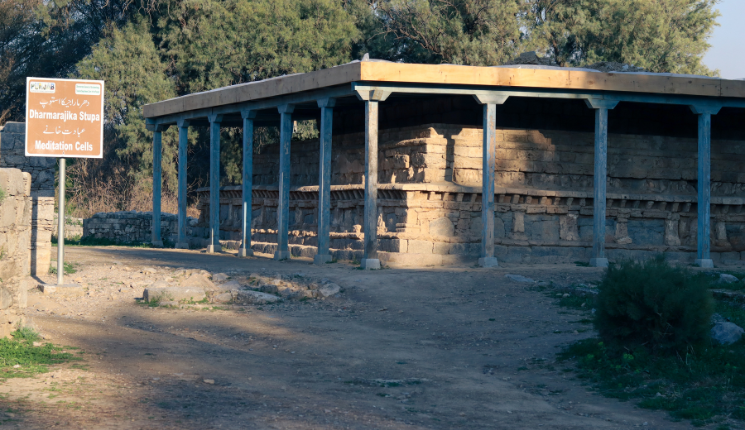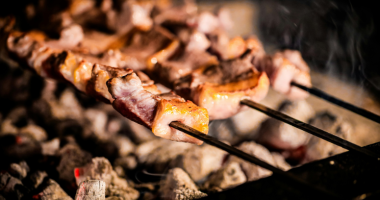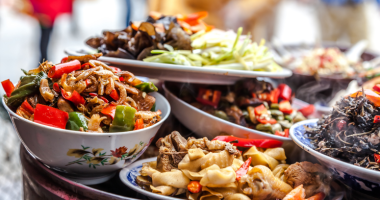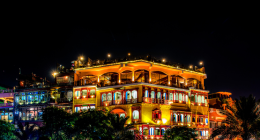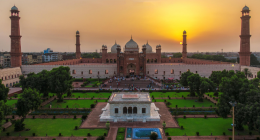Welcome to the world of Taxila Food Culture—a delicious mix of taste, tradition, and heritage that’s been simmering for centuries. Although Taxila is known for its ancient ruins and spiritual history, there’s another story unfolding through its vibrant cuisine. From spicy street snacks to family recipes passed down for generations, the food here isn’t just about flavor—it’s about identity, memory, and connection.
Let’s explore how food in this ancient city doesn’t just satisfy hunger, but feeds the soul.
Exploring Ancient Flavors in Modern Times
There’s no doubt that Taxila Food Culture is rooted in deep history. The city was once a center of the Gandhara civilization, and you can still feel those influences in how people cook, eat, and gather today. While most ancient cities are remembered for their temples or palaces, Taxila’s story lives on in its kitchens and spice markets.
In fact, many dishes still use ingredients and cooking styles from 2,000 years ago. Clay ovens, open fires, and stone-ground spices are more than nostalgic touches—they’re daily tools for many home cooks here.
Although modern touches are creeping in, traditional meals continue to play a central role in daily life. And thankfully, that means the flavors of ancient Taxila still thrive in local homes and streets.
Traditional Dishes Celebrating Taxila Food Culture

The true charm of Taxila Food Culture shines through its dishes. For instance, saag with makki di roti isn’t just a Punjabi specialty—it’s a seasonal tradition here, tied to agricultural cycles and family gatherings. The slow cooking process brings out rich, earthy flavors that mirror the city’s grounded nature.
Similarly, daal chana, simmered with garlic, cumin, and turmeric, is a meal that locals never tire of. It’s easy to make, nourishing, and full of warmth—just like the people of Taxila.
And don’t forget the snacks! Pakoras, samosas, and spicy chaat sold at roadside carts aren’t just food—they’re part of the city’s heartbeat. These snacks often accompany long conversations over tea, especially during festivals and community gatherings.
Even desserts like jalebi and kheer add a sweet layer to the city’s cultural table. Often made during special occasions, these treats represent generosity, celebration, and joy.
Festivals That Highlight Taxila Food Culture
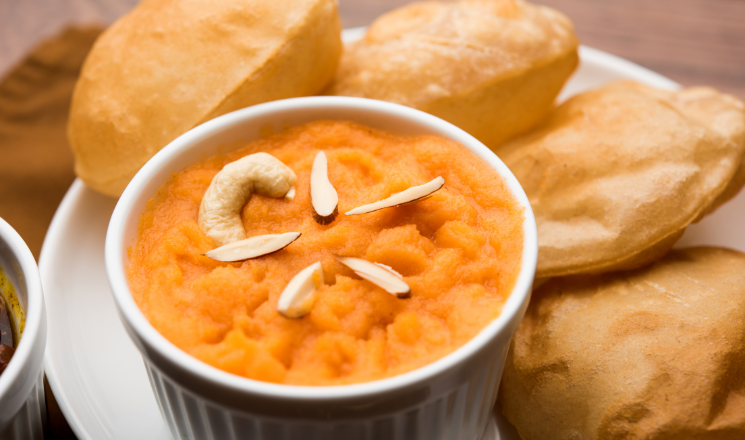
Every city has its favorite holidays, but in Taxila, celebrations come to life through food. Whether it’s Basant, Eid, or a wedding feast, meals play a starring role.
During Basant, rooftops become party zones, and kitchens overflow with halwa poori, spicy chickpeas, and fried bread. You’ll smell the excitement in the air before you even see the kites. These dishes have been part of Basant for generations and are essential to celebrating new beginnings.
On Eid, biryani, seekh kebabs, and sheer khurma take center stage. Families often prepare enough food to share with neighbors, reinforcing the strong cultural value of hospitality in Taxila Food Culture.
Moreover, food festivals organized in local schools or near the Taxila Museum allow younger generations to taste their heritage and understand its significance. These events bridge tradition with modern life and help keep local food culture alive.
Street Food and Daily Delights of Taxila
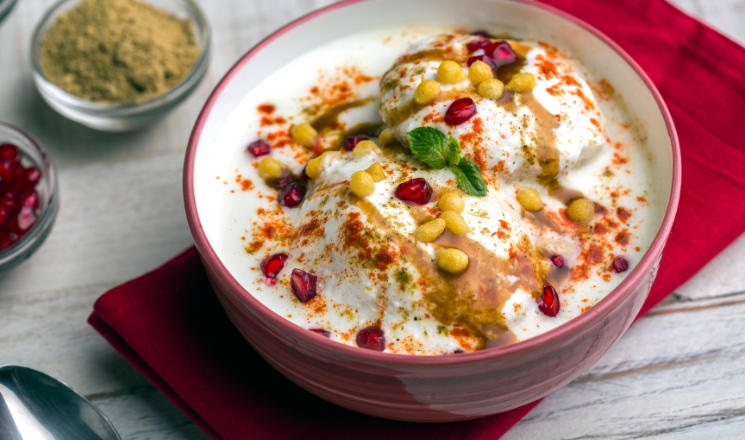
You can’t talk about Taxila Food Culture without giving a shoutout to its unforgettable street food scene. Whether you’re strolling near the Taxila Bazaar or hanging around a university campus, you’ll find rows of food carts sizzling with snacks.
Gol gappay, filled with tangy water and chickpeas, are a favorite, especially on warm afternoons. These crunchy bites pack flavor and fun in every serving. Dahi bhallay, topped with yogurt and chutney, offer a cooler, creamy contrast and are perfect for sharing.
Another highlight is the humble paratha roll—a flatbread stuffed with spiced meat or vegetables. It’s the perfect on-the-go meal and incredibly popular among students and workers alike.
What makes Taxila’s street food truly special isn’t just the taste. It’s the people who serve it—their stories, laughter, and memories shared over quick bites. That’s the spirit of Taxila Food Culture in action.
Tea Time Traditions in Taxila’s Food Culture
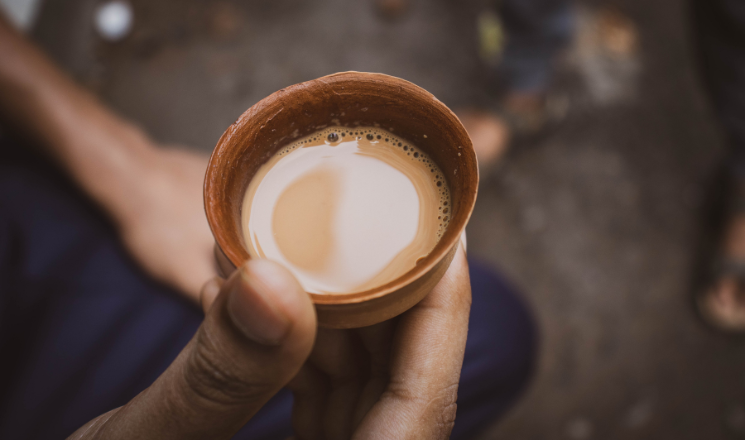
In Taxila, tea is more than a drink—it’s a ritual. Whether it’s early morning or late at night, chai brings people together. You’ll find tea dhabas lining the streets, with customers sipping from chipped cups and catching up on news, weather, and life.
Strong, sweet, and full of cardamom, the tea here is always served with love. Many still prefer to drink it from clay cups (kulhads), which offer a slightly earthy taste and connect to ancient customs.
Accompanying tea are treats like namak paray, rusk, or fried pakoras, depending on the season. Conversations that start over tea often end with laughter and new friendships.
This daily pause for tea perfectly reflects the values of Taxila Food Culture—community, connection, and comfort.
Food Markets That Capture Local Culture
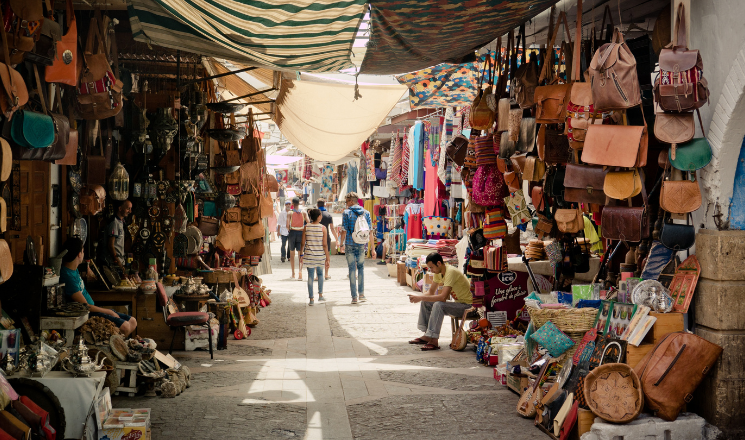
To truly appreciate Taxila Food Culture, a walk through its local markets is a must. The Sarai Kala Bazaar and surrounding areas offer a colorful, chaotic mix of spices, fresh produce, and traditional ingredients.
You’ll see piles of red chili, sacks of lentils, and hand-ground spices being sold by vendors who have been in the business for decades. These aren’t just shopping spots—they’re living museums of the city’s food heritage.
Beyond the ingredients, these markets also offer handmade cooking tools like stone grinders and clay pots. By continuing to use these tools, locals preserve cooking methods that have been around since Gandharan times.
Many locals will even share cooking tips if you show interest. Don’t be shy—it’s all part of the experience.
Keeping Taxila Food Culture Alive
Though modern life has crept into daily routines, Taxila Food Culture remains strong thanks to community efforts. Local schools now include food history in their lessons, while organizations run cultural workshops focusing on regional cuisine.
Some families have even started digital recipe books to preserve their cooking traditions for the next generation. Social media creators from Taxila post traditional cooking videos, making ancient dishes go viral in modern formats.
Additionally, apps like Cookpad allow locals to share and discover recipes from their ancestors. These platforms help bridge the old with the new, keeping the culture vibrant and accessible.
It’s a quiet, steady revival—but one that ensures the food culture of Taxila will continue to thrive.
Must-Visit Spots for Food Lovers
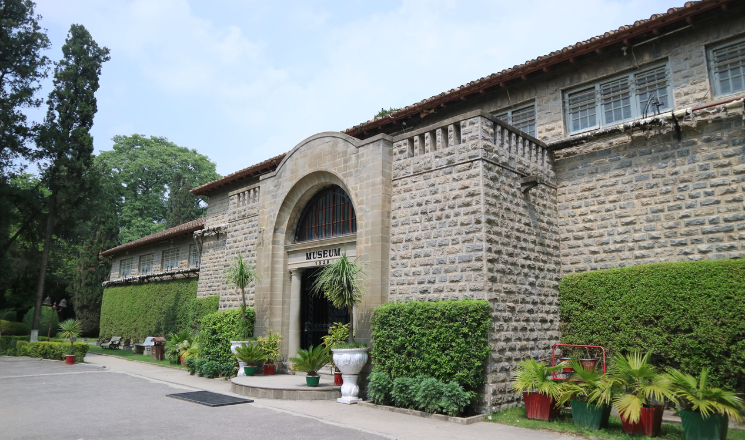
If you’re planning a visit, here are a few spots where Taxila Food Culture truly comes alive:
- Taxila Museum Café – Sometimes hosts traditional food events
- Sarai Kala Bazaar – Great for spices and street food
- Dhabas near Julian Ruins – Local tea and snacks with a view
Also, use tools like Google Translate or Zabihah for navigating menus and finding Halal eats.
Final Thoughts: More Than Just a Meal
Taxila Food Culture isn’t just about meals—it’s a way of life. With every bite, sip, and smell, you taste history. From family recipes to bustling markets and joyful festivals, the city’s food scene tells stories that no history book can.
So next time you’re in Taxila, look beyond the ruins. Sit at a tea stall. Talk to a vendor. Try the saag. Taste the tradition.
Because in this ancient city, food is culture—and culture is always on the menu.

